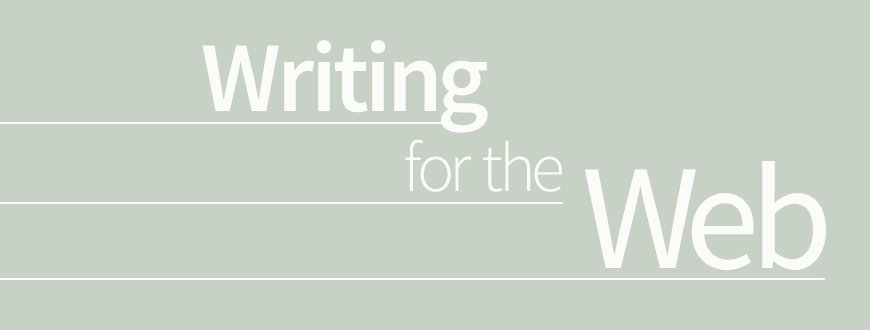Before starting to write for the web, one needs to figure out the best practices for presenting content to your audiences.
It starts off with – knowing your target audience. Instead of giving away large chunks of information, give them what they’re looking for and what they need. Since, no one in question reads away the whole web-page, its prerequisite that one adds the most relevant information at the beginning of your sentence. Studies have found out that readers scan web-pages two horizontal stripes followed by a vertical stripe, something termed as a F-pattern. The key is to keep it simple and stupid. Engage in a two-way dialogue, that initiates reading at levels same as that of a 5th to 8th grader. Make sure, not to create unnecessary content, because the primary aim of a site is to be fluff-free. Keep in mind, to avoid redundant, outdated and trivial information while reviewing and refreshing the content. To engage the audience, one needs to map out the content with labels, links and headed – making it readily accessible. To appeal the crowd, make the content timeless by not using dates wherever possible and updating the content once in a while. In the field of writing for the web, the almighty is always Search Engine Optimization (SEO) – so research upon keywords that blend in naturally throughout the text. As the adage goes, ‘four eyes is always better than two’; make a habit to proofread your copy and always have a third opinion before the content goes live on the Internet.
When it comes to the content, incorporate captivating headings, Lead off a paragraph with factual sentences covering 5Ws and H – Who? What? When? Where? Why? and How? Last but not the least, what a content most of all needs is the magic wand of Editing – take your time to edit the style and tone – figuring out whether is it clear? Whether it’s necessary? Or is there a simpler way around?
Rajath K Rajeev



